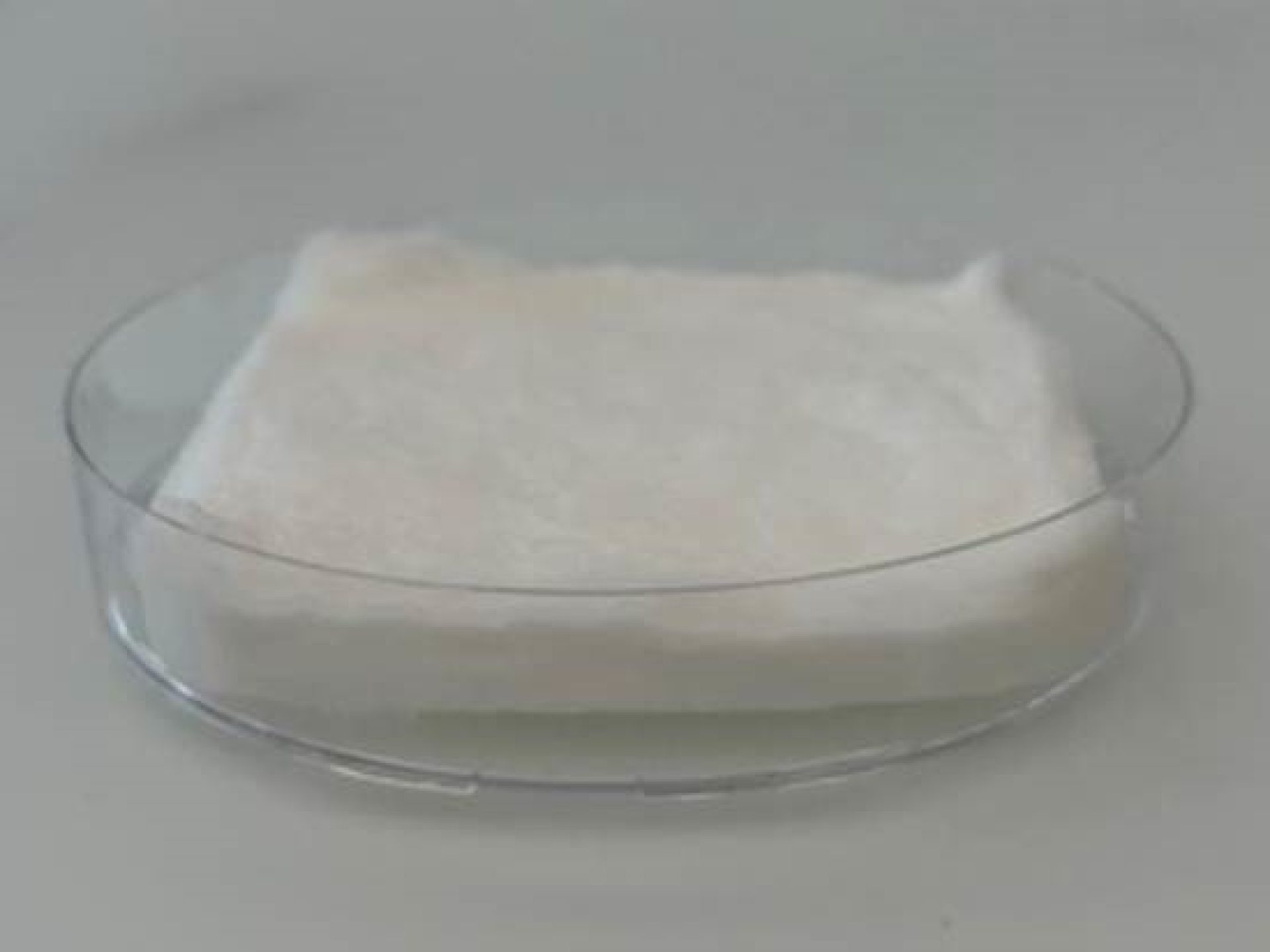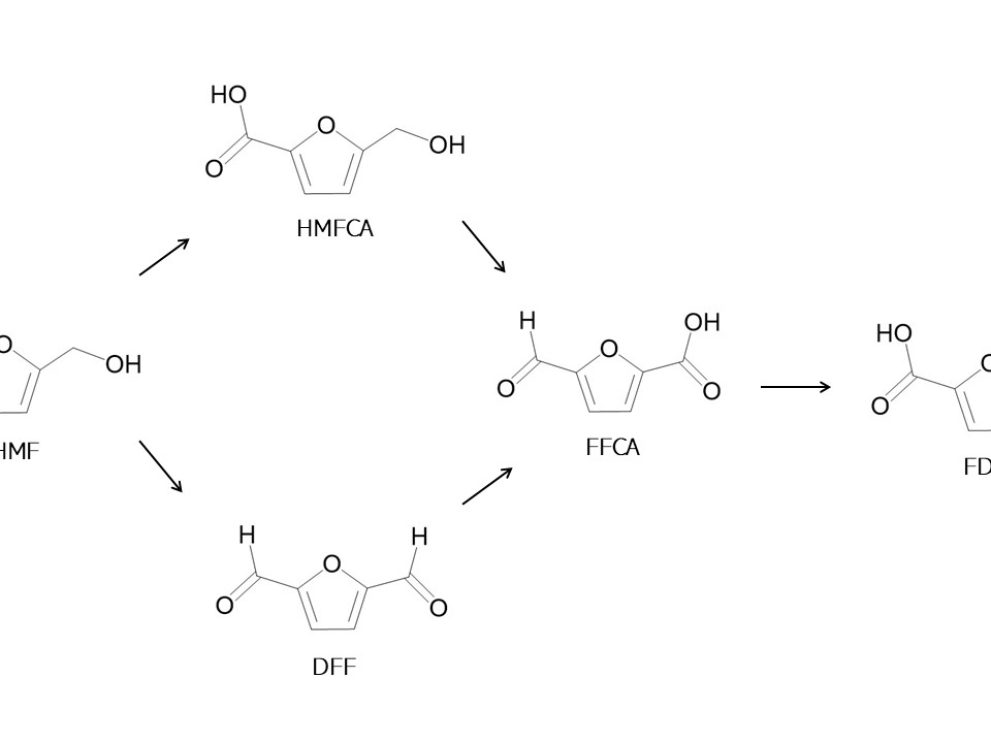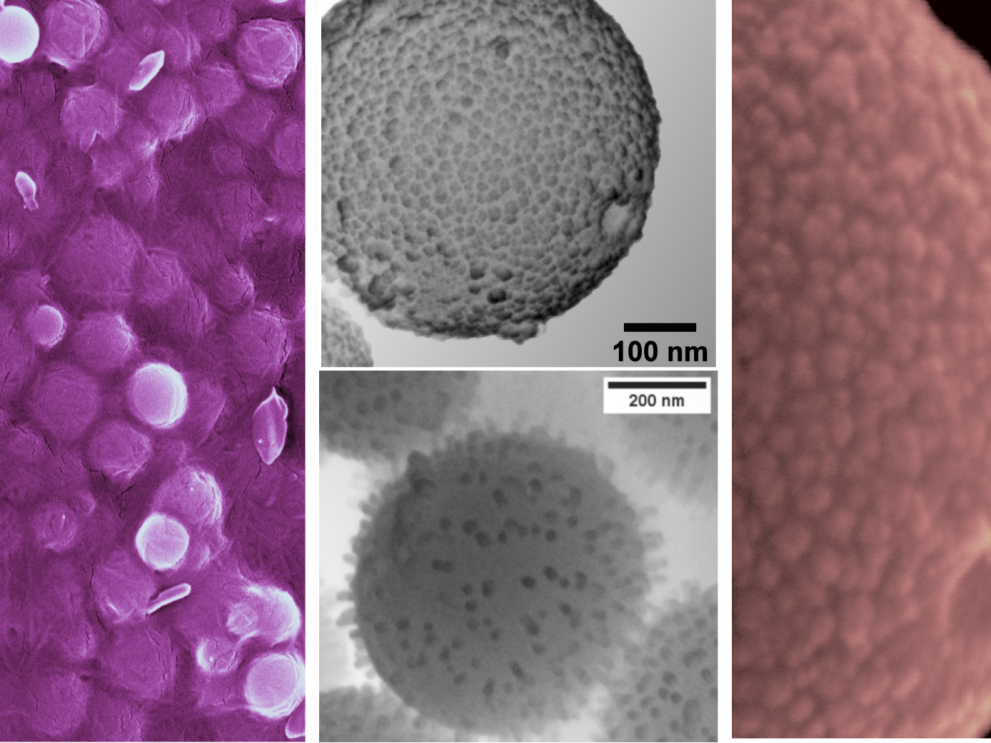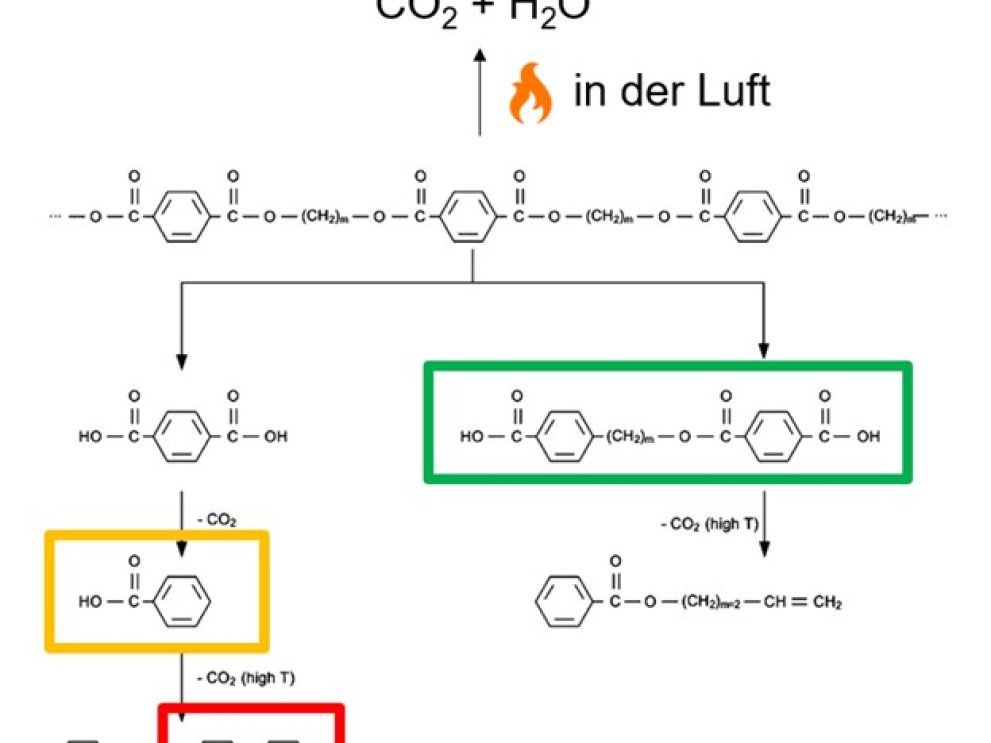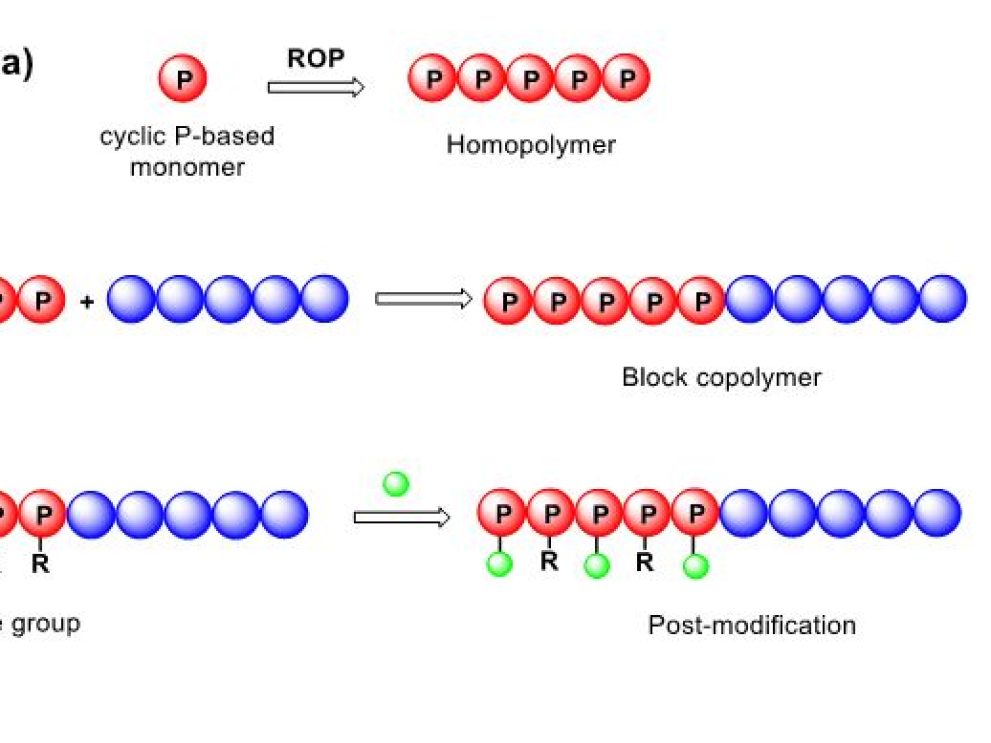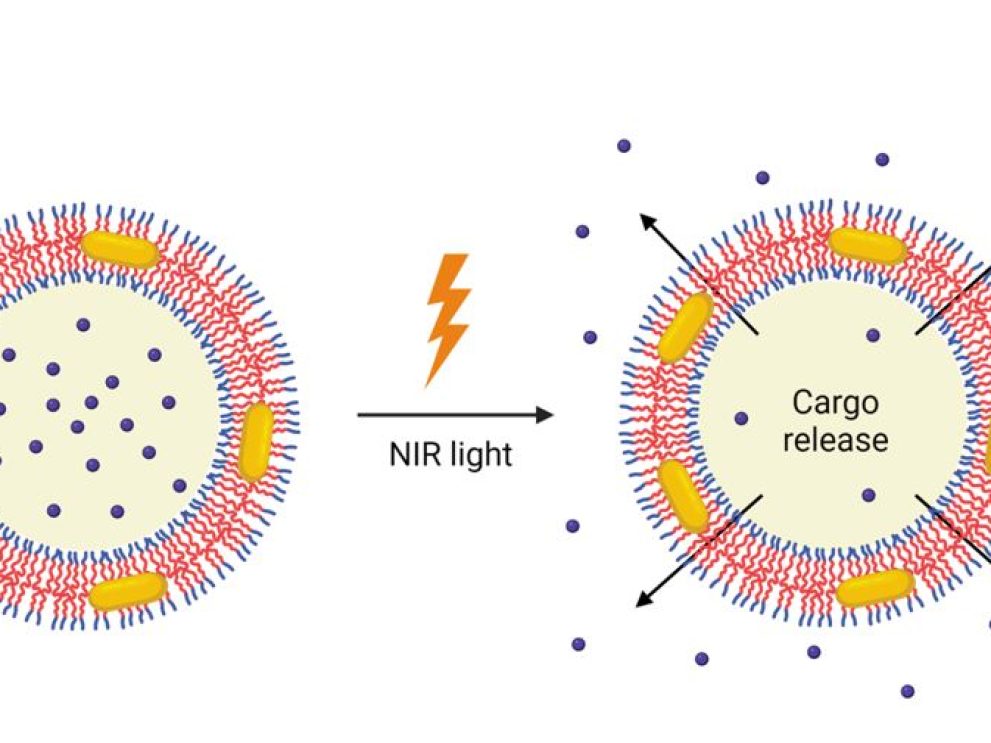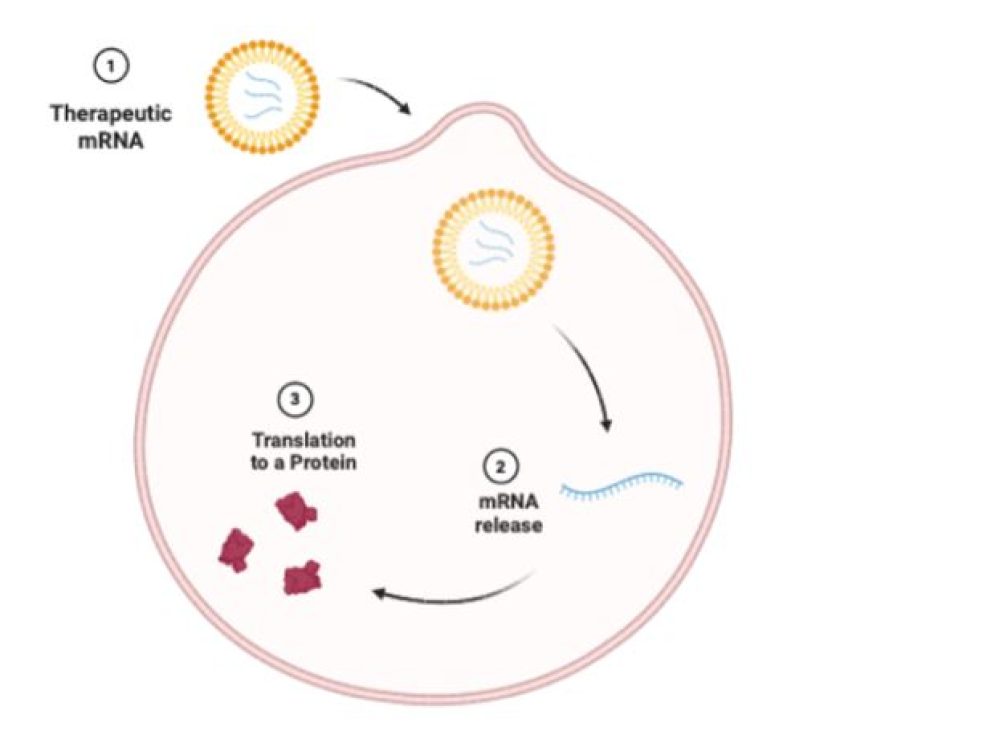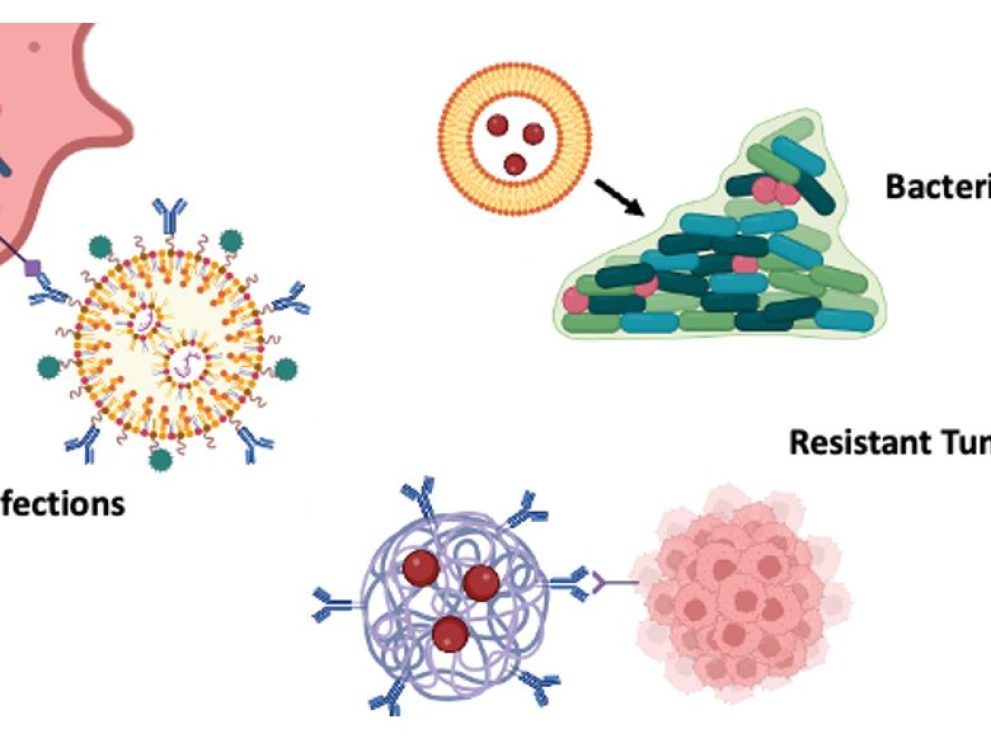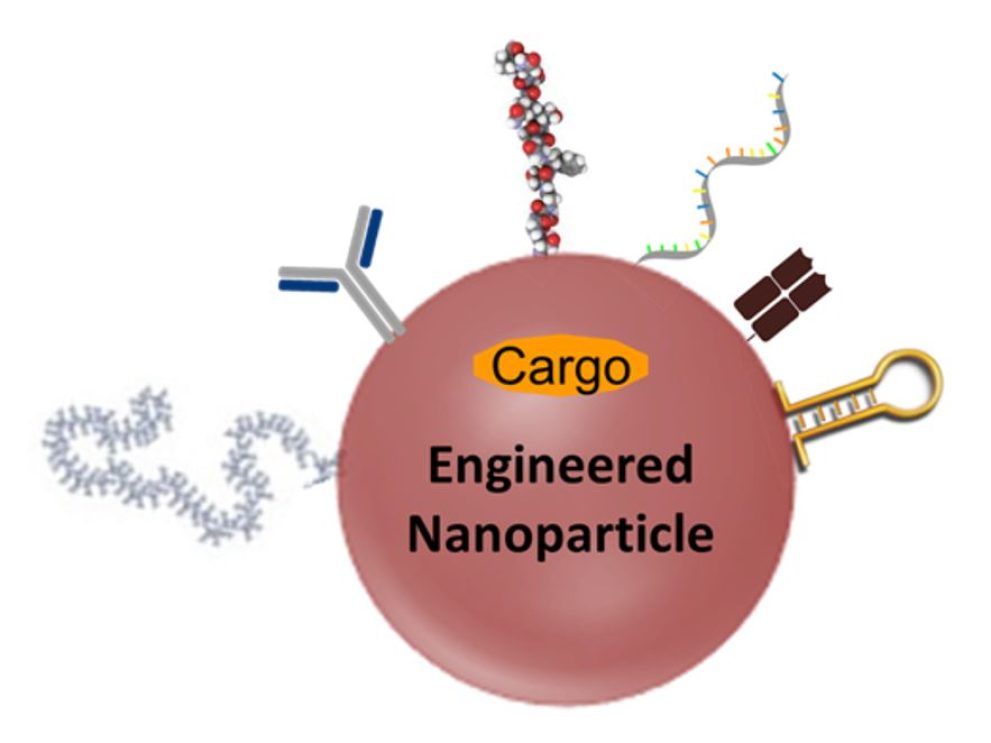Further articles
Oxidation of 5-HMF to 2,5-FDCA
The collective strive towards a more sustainable and circular economy converges academic and industrial efforts on the increased implementation of biobased raw materials to produce items of daily use such as packaging, bags, bottles etc. Among others, the conversion of carbohydrates to 5-HMF an finally to 2,5-FDCA is a promising…
FFORTESS – Fluorine Free Omniphobic Roughness Tailored Extended Slippery Surfaces
In this Innosuisse funded Project (105.146.1 IP-ENG) we aim to develop robust fluorine free textile coatings for oil and water repellence. Up to date perfluorinated compounds (PFAS) are used for oil, stain and water repellence in the textile and coating industry. Due to environmental and health concerns such compounds will…
Swiss HIPOGRAPH
In this Innosuisse funded Project (45921.1 IP-ENG) we developed a highly porous graphene based composite membrane for waterproof breathable applications via Chemical Vapor deposition. This breathable membrane was chemically functionalized and developed for textiles and related high end membrane applications. During the project methods for the selective chemical modification of…
Microplastic detecion in water samples
The increasing microplastic pollution in air, water and soil requires the development of robust and sensitive analytical methods to better understand and address the problem. Plastics are cheap, stable and corrosion resistant, making this class of materials attractive for many applications. Plastics consist of long chains of polymer molecules made…
Multi-compartment nanofactories for on-site and on demand drug synthesis and delivery
We develop compartmentalized vesicles with internal compartments that can be triggered independently and selectively to release their cargo. Libraries of novel stimuli-responsive block co-polymers are prepared for vesicle formation, and release is actuated by external stimulus such as light, magnetic field, etc.
Nanocarriers for mRNA therapeutics
Combining the stability of polymers with transfection efficiency of lipids, we developed polymer-lipid hybrid nanoparticles, which can be stored as lyophilized powder and display long-term storage stability also in suspension. Lyophilization does not impair transfection efficiency.
Nanomedicine and theranostics
Diverse nanoparticle formulations based on polymers, lipids, and combinations thereof, loaded with (bio)therapeutics such as antimicrobial peptides, small molecule drugs, and nucleic acids are developed to combat infectious diseases and cancer. We further develop inorganic nanoparticles (metal and semiconductor) and drug-conjugated luminescent probes with cleavable linkers for simultaneous therapy and…
Tailor-made nanoparticles
Using top-down and bottom-up synthesis, encapsulation, surface engineering, and bioconjugation approaches, we develop nanoparticles with precisely defined and controlled size, morphology, composition, and surface functionality, and tailor them for the desired biological targets and functions.
